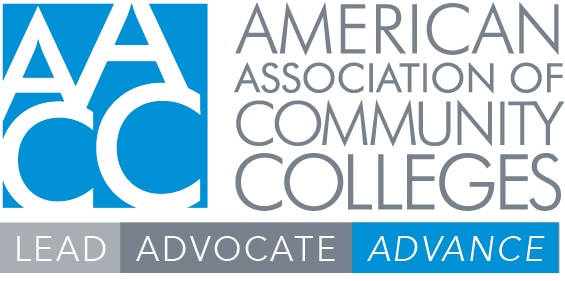Two bills have been introduced in the 118th Congress to provide Pell Grant eligibility to students in short-term workforce education programs. While the end goal of both is the same, they take different paths to get there. The American Association of Community Colleges (AACC) has posted a detailed chart on its website that compares key aspects of the two bills.

The Jumpstart Our Businesses by Supporting Students (JOBS) Act (H.R. 793, S. 161) was reintroduced in both the House and Senate, with only technical modifications from the legislation as introduced in the last Congress. Sen. Tim Kaine (D-Virginia) is once again a lead cosponsor, now joined by Sen. Mike Braun (R-Indiana). Spearheading the House bill are Reps. Bill Johnson (R-Ohio) and Lisa Blunt Rochester (D-Delaware). The bill is cosponsored by numerous Democrats and Republicans alike.
The Promoting Employment and Lifelong Learning (PELL) Act (H.R. 496) represents a new approach in this area, though it builds on legislation introduced in the last Congress by House Education and Workforce Committee Chairwoman Virginia Foxx (R-North Carolina). The current bill was introduced by Rep. Elise Stefanik (R-New York). To date, this legislation is supported solely by Republicans.
AACC has reiterated its long-standing endorsement of the JOBS Act and has been working closely with staff to the House Education and Workforce Committee as it continues to refine the PELL Act.
Similarities and differences
Both bills would extend Pell eligibility to programs between 150 and 600 clock hours in length; currently, only programs longer than 600 clock hours are Pell-eligible. Under each bill, students would qualify for and receive grants under the same rules that apply to “normal” Pell grants. The new short-term Pell grants would count against a student’s lifetime Pell Grant eligibility (the equivalent of 12 full-time semesters).
The two bills diverge on the types of “guardrails” that would be imposed on short-term grants to ensure that only programs meeting certain criteria would be eligible. One of the biggest differences between the bills is that for-profit institutions of higher education are not eligible under the JOBS Act, whereas the PELL Act includes all Title IV-eligible institutions.
Related article: Workforce Pell is a House committee priority
Beyond that key difference, in general, the JOBS Act focuses on inputs and approvals at the front end to ensure program quality, while the PELL Act relies more on student outcomes. Both bills require the U.S. Education Department to approve short-term programs, but the JOBS Act also calls for approvals from industry sector partnerships and state boards. Also under the JOBS Act, programs would need to be on the Workforce Innovation and Opportunity Act eligible trainer provider lists maintained by the states.
In contrast, the PELL Act would require approved programs to have greater than 70% completion and job placement rates, and the earnings of program completers must exceed 150% of the federal poverty line by at least the cost of the program (measured three years after completion). While the JOBS Act does not have the direct completion, placement and earnings metrics found in the PELL Act, its requirement that programs be included on the WIOA eligible trainer provider list means that completion, placement and earnings information will be collected and reported for these programs.
Both bills assign accreditors a role in the program approval process, though the PELL Act gives them a larger function.
No markups have been scheduled on this legislation at this time. However, Monty Sullivan, chancellor of the Louisiana Community and Technical College System, addressed the legislation in a broader hearing on education before the House Education and the Workforce Committee last month.





